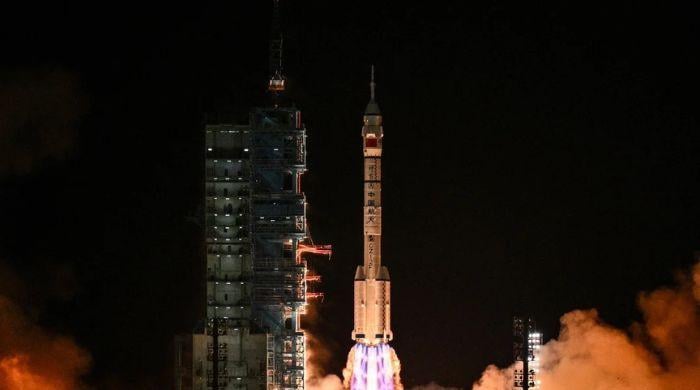Grand Egyptian Museum opens: Everything to know about world's largest archaeology display
Egypt opens Grand Egyptian Museum after two decades
November 01, 2025
After two decades, the Grand Egyptian Museum officially opens on Saturday, November 1, becoming the world’s largest museum dedicated to a single civilization.
The museum displays ancient Egyptian artefacts including complete treasures of King Tutankhamun for the first time.
The remarkable landmark is built near iconic pyramids of Gaza, the billion-dollar colossus spans an area equivalent to 70 football pitches.
The construction of the museum has been completed after two-decades marred by financial crises, political turmoil, and ultimately Covid-19 pandemic.
The Egyptian presidency marked the opening of the museum as an “exceptional event in the history of human culture and civilization.”
The main attraction of the museum is the entire 5,000-piece collection from the tomb of the boy-king “Tutankhamun,” displayed together for the first time since its discovery.
British archaeologist and Egyptologist, Howard Carter, discovered the tomb for the first time in 1022. During the discovery, the team found spectacular burial goods providing insights into the material culture of wealthy ancient Egyptians.
Tutankhamum became one of the best-known pharaohs, and some artefacts of his tomb including his “golden funerary mask” which is considered as the best-known artworks from ancient Egypt.
For decades, only a fraction of the artefacts including the legendary gold mask were on display at the older crowded Egyptian Museum in Cairo.
“Why this museum is so important, and everyone is waiting for the opening?” said Zahi Hawass, Egypt’s renowned former antiquities minister. “Because of Tutankhamun.”
In addition to the golden mask, a monumental 11-meter-high statue of Ramesses II is also placed at the museum entrance with a grand staircase lined with dozens of ancient statues.
The museum’s 12 main galleries house a total of 50,000 artefacts, narrating 7,000 years of history from pre-dynastic times to the Greco-Roman era.
The opening is more than a cultural milestone, it is a strategic bid to boost the Egyptian tourism sector.
The Government of Egypt hopes that GEM will attract up to 8 million visitors annually, providing a crucial source a foreign currency for the economy.
With the museum opening, calls of repatriation of key artefacts from abroad have been reignited including Rosetta stone from the British Museum, the Dendera Zodiac form the Louvre, and the Bust of Nefertiti from Berlin.











